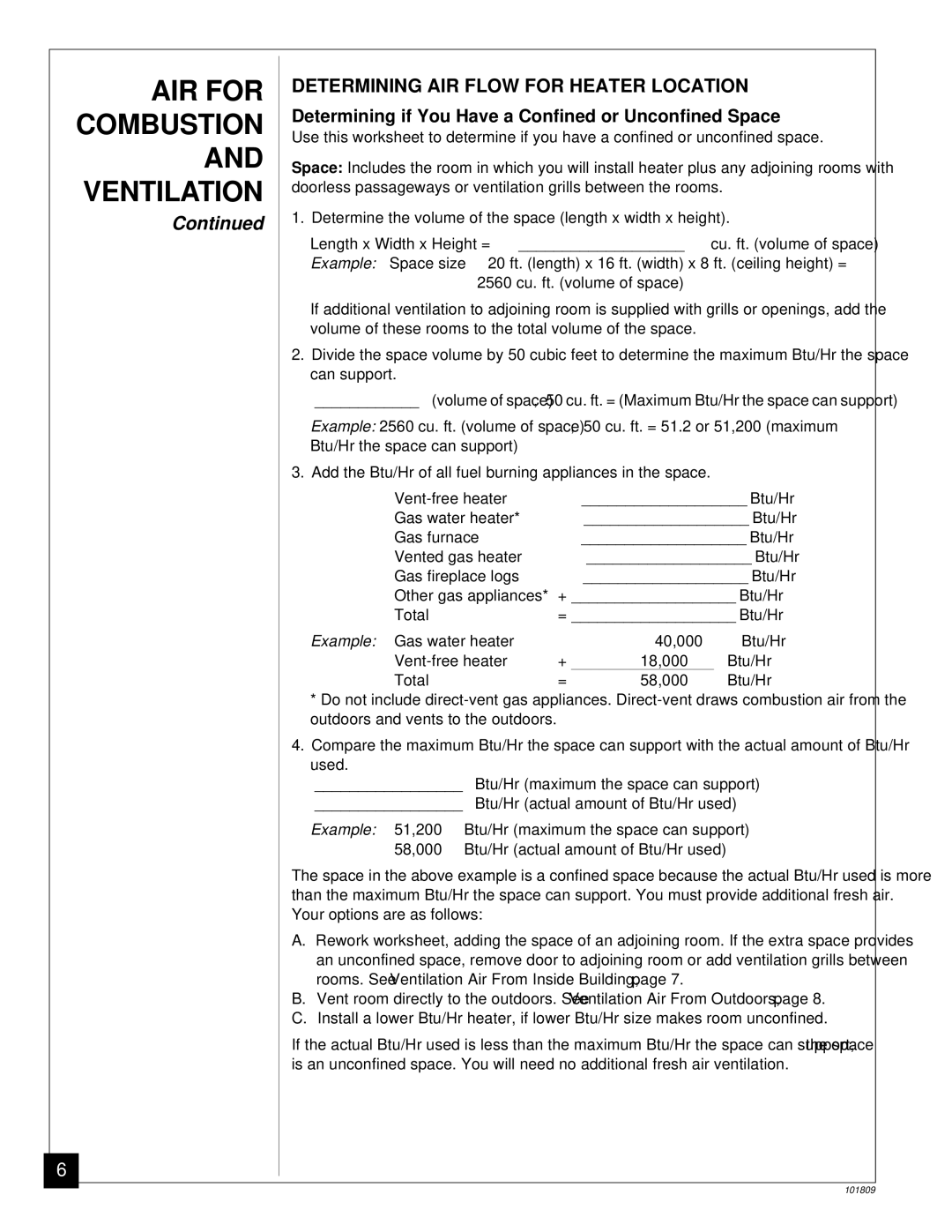VN2800BTB, CFN2800BTB specifications
Desa CFN2800BTB and VN2800BTB stand as premium heating solutions in the contemporary market, delivering superior warmth and user-friendly features to enhance any living environment. These models are characterized by their advanced technology, ergonomic design, and energy efficiency, making them ideal for both residential and commercial spaces.One of the standout features of the CFN2800BTB and VN2800BTB is their innovative infrared heating technology. Unlike traditional convection heaters that warm the air, these units emit infrared rays that directly heat objects and people in the room. This not only results in faster heating but also ensures a more consistent warmth, allowing users to enjoy a comfortable ambiance even in larger spaces.
Moreover, these models boast a compact and stylish design, making them versatile for various room aesthetics. Their sleek appearance ensures that they can seamlessly blend into any decor without being obtrusive. The lightweight construction also facilitates easy relocation, allowing users to position the heater where it is most needed.
Energy efficiency is a key characteristic of the CFN2800BTB and VN2800BTB. Both units are designed to provide maximum warmth with minimal energy consumption. They feature adjustable heat settings, allowing users to customize the heating level to their needs, which not only contributes to comfort but also helps in reducing electricity bills. The built-in thermostat ensures that the heater maintains a consistent temperature, further optimizing energy use.
Safety is another paramount concern with these models. They come equipped with multiple safety features, including overheat protection and tip-over switches, which automatically turn the heater off in case of an accidental fall or overheating. This ensures peace of mind for users, particularly in homes with pets and children.
In conclusion, the Desa CFN2800BTB and VN2800BTB are exemplary heating solutions that combine modern technology with safety and efficiency. Their infrared heating capability, stylish design, and focus on user comfort make them standout products in the competitive heating appliance market. Whether for personal use or as an ideal solution for larger spaces, these models promise reliability and superior performance.

